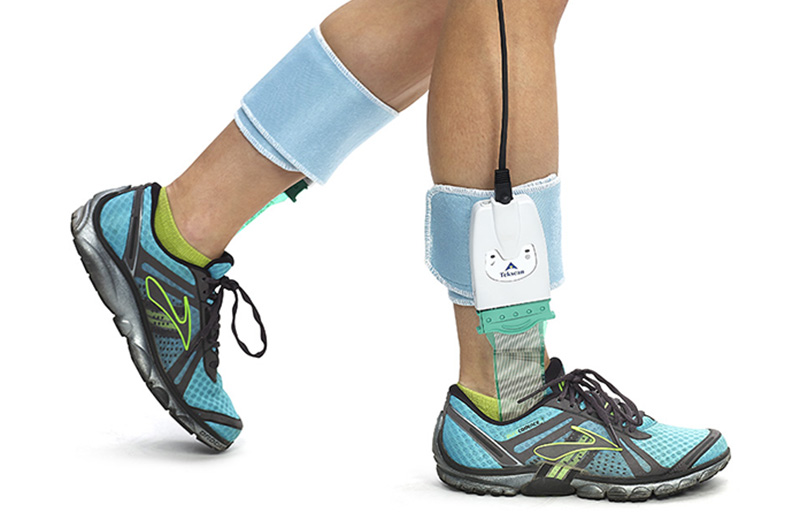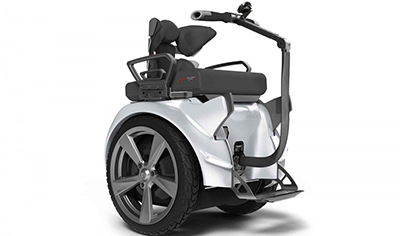How Technology Can Improve Mobility

Just as modern technology can positively impact diagnostic care, it is worth calling to mind the ways in which it can also improve mobility. With over 54 million Americans living with a physical impairment, assistive technology can make a huge difference to a lot of people’s lives. In the case of podiatry, there is luckily plenty of technology that can help the millions of patients living with foot, ankle and knee problems.


Orthotic Devices
Alongside the rise in wearable technology for monitoring health, there have been developments in technology for assisting with foot positioning and gait. The latter includes devices such as knee ankle foot orthosis (KAFO) and stance control orthosis systems, which are designed to help people who are paralysed in the lower limbs or recovering from an injury. KAFOs are particularly aimed at those with significant muscle atrophy in the lower limbs, and have been shown to lessen the ground force reaction (GFR) upon walking.
Modern Exoskeletons
Another form of technology significant to podiatry is the modern exoskeleton. Exoskeleton suits have been used successfully in the past to help soldiers’ endurance and strength. Now scientists are testing out the effectiveness of new exoskeletons on stroke patients. These will hopefully be able to help patients’ gait and muscle strength, enabling them to walk for longer and with less effort. Researchers in Italy are also trying out exoskeleton suits on amputees and seniors, with the aim being to help reduce the risk of falls.


Advanced Prosthetic Devices
Prosthetics have evolved rapidly over the years, with various designs now accommodating different people’s circumstances and interests. For instance, people do not have to have whole limbs replaced, but a partial replacement instead - partial hand, finger and foot prosthetics having been used with great success. Meanwhile, the recent emergence of mind-controlled prosthetics is an exciting development that could help improve the movements of prosthetic limbs at a more affordable cost.

Hands-free Wheelchairs
Wheelchair designs have come on leaps and bounds in recent years, which is very positive for people with limited mobility in their feet. One improvement is that wheelchair users no longer have to be restricted to flat terrains. The Genny Segway Wheelchair, for example, uses multiple sensors to identify movements in the user’s body, prompting it to move in the appropriate direction to keep you balanced on the seat, whatever the surface and incline. This capability also means it can be used hands-free - a huge help for those also living with limited mobility in their hands.


Comments
There are 0 comments for this article